Noodles are just like pasta. You don’t get the full enjoyment unless there is sauce, or they’re tossed with something else to make a salad, or dropped in soup. What makes noodles great are those “accompaniments”.
What do Thai people do with noodles?
First of all, there are two types of Guay Tiew (Thai noodle dishes), one is dry like salad, Guay Tiew Haeng (Haeng=dry), noodles with no broth or very little broth. And another one is with broth just like a noodle soup, Guay Tiew Nam (Nam=water). The same vendor can make you both types and most likely Thai people would order more than one bowl and have one dry and one with soup. You have to know how to order, though.
As I already told you, Thai noodles are the “one dish meal” or “one plate food” which signifies that the dish comprises all the food groups in one bowl. Noodles take care of the carbohydrate portion, so it would be safe to guess that the accompaniments would include some kind of protein, vegetable and fat.
The main accompaniments are protein and vegetables. Those two food groups are the ones that determine what “type” of Guay Tiew we are going to be eating. Seriously, any foreigner who experienced Thai noodles for the first time would have thought, “All Guay Tiew are alike”…Noooo, they are all different, just like all Asians are, right? And you better believe me. I am not one of those Asians that you can blindfold with dental floss, my eyes are kinda round. I’m practically white, you know. :p
Let’s see what’s the possible ingredients are: beef, pork, chicken, fish, duck, meatballs, fish balls, barbecued pork, stewed pork leg, roasted duck, stewed duck, boiled chicken with herbs, tender beef, shrimp dumplings, stewed chicken wings, beef balls, stewed beef with beef blood, stewed pork with pork balls, chicken with bitter mellon, boiled fish, fried fish, and many more. This is just a short list and I haven’t counted the Chinese, Vietnamese, Malaysian, or Singaporean variations in the list yet. I haven’t even counted the ones that have multiple meat choices in the same bowl, either!
Sometime I wonder, if I set up a competition between Asian noodles and European pasta, who would have more varieties? I’d like to find the answer by eating them all, eventually.
Alright, after you pick the type of protein, then you pick the vegetables. The choice of vegetables is not as wide as the meat category, but it actually can be anything. The most popular choices are
Mung bean sprouts or Thua Ngok ถั่วงอก in Thai
Snake bean, Yardlong bean, Asparagus bean or Thua Fak Yao ถั่วฝักยาว in Thai. This can be substituted with green bean if you can’t find them.
I used this vegetable in Tod Mun, Thai fried fish cake and the Kanom Jeen Nam Ya, Thai rice noodles salad. This is how you cut long beans or green beans for Thai noodles.
Chinese Broccoli or Chinese kale or Gai Lan in Chinese and Phak Ka Nar ผักคะน้า in Thai
This is how you cut them for the Thai noodles.
Water spinach, Water morning glory, and Chinese spinach are all the same vegetable with multiple names, also called Ong Choy in Chinese and Phak Boong ผักบุ้ง in Thai;
Chinese flowering cabbage or Choy Sum in Chinese and Phak Guang Toong ผักกวางตุ้ง in Thai
Chinese cabbage or Bok Choy, Pak Choy in Chinese
Ivy gourd or Phak Tam Leung ผักตำลึง in Thai
Bitter melon or Mara มะระ in Thai
Pickled mustard greens or Phak Gad Dong ผักกาดดอง in Thai
I think I covered all of the possibilities, but I haven’t lived in my home country for nearly two decades. I might have missed something here and there.
I will discuss the proteins and vegetables in each recipe I will write about, but in this episode I would like to discuss about the common ingredients that will exist in every bowl of Thai noodles first. These are not something so prominent you would detect them right away, but they are so important.
These accompaniments are like the supporting actors in movies. You don’t really care much about them, but without them the movies would not be movies. If you miss these accompaniments, it won’t be Thai noodles.
2) The supporting characters, the accompaniments for Thai noodles
2.1) Golden fried garlic in oil, กระเทียมเจียว (Kratiam Jeaw)
If I don’t have freshly fried garlic, I don’t make noodles. This is how important this accompaniment is. I don’t advise you go buy the already crispy fried garlic in the jar either, because we need the remaining oil to toss with the noodles to prevent them from sticking to each other.
Golden fried garlic is a very common flavoring item in Thai household and also in Thai cuisine. Nearly every house has it in the cupboard. This is what sets Thai noodles apart from any others. We use it in many, many dishes too. The smell of fried garlic is as Thai as the curry paste, I’m telling you.
I love noodles with freshly fried garlic, or Boiled rice, Khao Tom , so I fry my garlic in small batches. Do you know why I have a microwave even though I don’t really ever use it to cook? Because there are two things that are done really well in the microwave: fried garlic and corn on the cob. Yes, I fry my garlic in the microwave. This takes about 2-5 minutes.
First you need to have at least one teaspoon of chopped garlic in oil per each bowl of noodles. (I use about one TABLESPOON in each bowl, or more if the bowl is big. It’s a little overkill but I like it this way.) Add one tablespoon of oil per each teaspoon of chopped garlic. Then you put them together in a big bowl. Yes, a big bowl, because it is going to foam up in the microwave and eventually overflow if your bowl isn’t big enough.
I never do less than two tablespoons of garlic, so the timing here is for that amount. You can adjust it according to your microwave power.
You put the bowl in and the first round you do for two minutes. Then take the bowl out and stir. See how high the foam reached? Now you need to scrape all the garlic back into the oil.
Then put the bowl back in, cook at high for another two minutes, take it out and stir again. This time the foam got even higher than last time. The garlic should be starting to get golden.
I normally put it back in again for another 30 seconds and stop cooking at this point. The hot oil will continue cooking the garlic a little afterwards. You should get the more crispy garlic once the oil cools down.
This total time of 4:30 is for my own microwave and I don’t expect your microwave will work the same way. You have to try it on your own by cooking the first time for 2 minutes, then keep repeating the process one minute at a time for a few more times until you get the garlic looking golden and nearly crispy. Then stop. If your fried garlic doesn’t get crispy after you the oil cools down, then put the garlic and oil back in the microwave again. After doing this for a few times you will know the right timing for your microwave and can take it out and stir only once or twice the way I do.
Can we make fried garlic in a wok or pan? Yes, of course. You start with medium high heat until the oil is hot then you drop the chopped garlic in and reduce the heat to medium, or even medium low.
This method will foam up until you can’t really see the garlic, but trust it and continue cooking, stirring often.
Continue cooking, and once the garlic starts to be ready the foam will subside and you can see the garlic again. Keep the heat at the medium low at the most until you see the garlic start to golden, then turn off the heat and let it cool. Same as cooking in microwave, the hot oil will continue cooking even more so than the microwave hot oil. You should get golden crispy garlic at the end.
Traditionally, the oil of choice for me is lard, and I fry small pieces of pork fat to get it;
Then I fry the chopped garlic in that lard. At the end I drop the crispy fried pork fat into the fried garlic mix. This is the best type of golden fried garlic. Lately, after we’ve been conned by the American soybean oil manufacturers saying that pork fat clogs your arteries, a lot of Thai vendors stopped using that…Sadly.
Well, they are starting to use it more now since they noticed that the vendors that didn’t stop using the golden crispy fried garlic with bits of pork fat didn’t cause anyone a heart attack. In fact the vendors themselves nearly got a heart attack from overwork because even more customers kept pouring in. Those lard-using vendors also employed that as an advertising point to bring in more customers.
Pork fat rules!…Yay!
By the way, please read Time Magazine’s June 26th issue (came out two weeks ago) “Eat Butter”.
2.2) Green onion and Cilantro, ต้นหอมผักชี (Ton Hom Pak Chee)
This is another bits and little pieces of flavor that you can’t miss. Almost every noodle dish in Thailand would be sprinkled with roughly chopped green onion and cilantro.
You just have to slice green onion about 1/8”-1/4” long and do the same with the cilantro. You can use all the stems of the cilantro, and the green onion can be used nearly all the way down to the white part.
2.3) Tianjin preserved cabbage, ตังฉ่าย (Tang Chai)
This is not as critical as the former two, but it would add a nice flavor to your noodle dishes. It’s an elongated cabbage, pickled. In Chinese the cabbage itself is called “michihili”. The cabbage is called Pak Kad Hang Hong, ผักกาดหางหงษ์, in Thai.
It’s salty and contains some strong flavor that also adds the smell of home (my home, not yours, obviously) to the dish. You shouldn’t use more than a teaspoon in a bowl of your noodles. You can find the Tianjin preserved cabbage in any Asian grocery store. The way to spot it is the container. The original container is small brown ceramic, never more than 3” tall, round, about 4”-7” diameter, fat in the middle with small opening on top like the picture on this site.
If you look for the container like this, you won’t miss it. It is available in every Asian market, I assure you. The shape of this container is so classic that we, the Thai people, would understand if we said someone has a “Tang Chai jar shape”, we would know that the person has a beer belly! (It’s quite insulting, even though it might be true to anyone’s eyes, and we only use it toward girls so I don’t recommend calling any girl “Kra Pook Tang Chai”, if you don’t want to get in trouble.)
I used to like the original one too, but these days there are so many pebbles in the preserved cabbage, indicating how clean the process isn’t. I’m very sketchy about buying food from China, too. I have so much food sensitivity I don’t want to risk it. I am very close to making my own, but I don’t exactly know how to yet. I will have to try someday since now I’ve got the yeast they use to ferment the cabbage already. This is the brand I’m using these days. It’s from Thailand and so far it has been clean, without pebbles and no MSG added.
Would you be surprised if I said this is the entire required list?
Yes, three items.
The rest will show up in each recipe. I am not going to discuss it now but I would like to remind you that Guay Tiew NEEDS the set of condiments called Poung Phrik. You will not see any noodle vendors in Thailand doing business without it!
3) Behind the scenes, but still necessary for Thai Noodles, A set of condiments, Poung Phrik พวงพริก
Remember when I wrote about Thai dipping sauce, I told you that Thai people like to dress their foods to fit their palette. This set of condiments is quite important. No one eats their noodles the same way. The chef who makes these noodle dishes is not French, you know. There are no food Nazis in Thailand.
Once you’ve got your noodles, you taste them first, then you start to add the condiments you want to adjust the taste to your preference. Sometime you don’t need to do it at all, and sometimes it doesn’t matter how many times you dress your noodles, it won’t come out the way you want.
No, I will not tell you how much of what you should put in your noodles, but I will tell you the specific condiments that you will be putting in your Poung Phrik. The basics are:
3.1) Fish sauce
3.2) Granulated sugar
Those two don’t need further explanation, and they’re staples. The other two items would be different for each noodle dish.
3.3) Vinegar, or some form of souring agent
This can be:
3.3.1) Distilled vinegar with sliced pieces of chilies.
3.3.2) Mushed chili and garlic with a little vinegar. This one can have red or yellow chilis, too.
3.3.3) No vinegar, but wedges of limes will be on the table or inside the noodle bowl.
3.3.5) No vinegar, just squeezed lime juice as the substitute.
3.3.6) Black vinegar with sliced chili.
3.4) Chili
We’re not kidding about this. Yes, you might have chili in the vinegar, but that’s not enough. We provide another type of chili as an option, too.
3.4.1) Red chili flakes or powder, the basic.
3.4.2) Chopped, cut up or mushed chilies, either bird’s eye chili or Serrano chili, dry, no vinegar of course (or else I would listed it with the vinegar section, right?)
3.4.3) Red chili flakes stir fried in oil. I’m telling you this one usually is “hellish”. Your mouth will be on fire if they serve this in the Poung Phrik. It’s a common item in Khao Soi. Scary indeed!
3.5) Cracked peanuts
This is usually shows up with the pork, duck or chicken noodles but not with beef noodles or fish noodles, but these days, I can’t guarantee you that.
Alright, the basics are over. Next week, you will get the first noodles recipe. Thanks for putting up with me and my urge to dissect the easy task and make it complicated. 😉

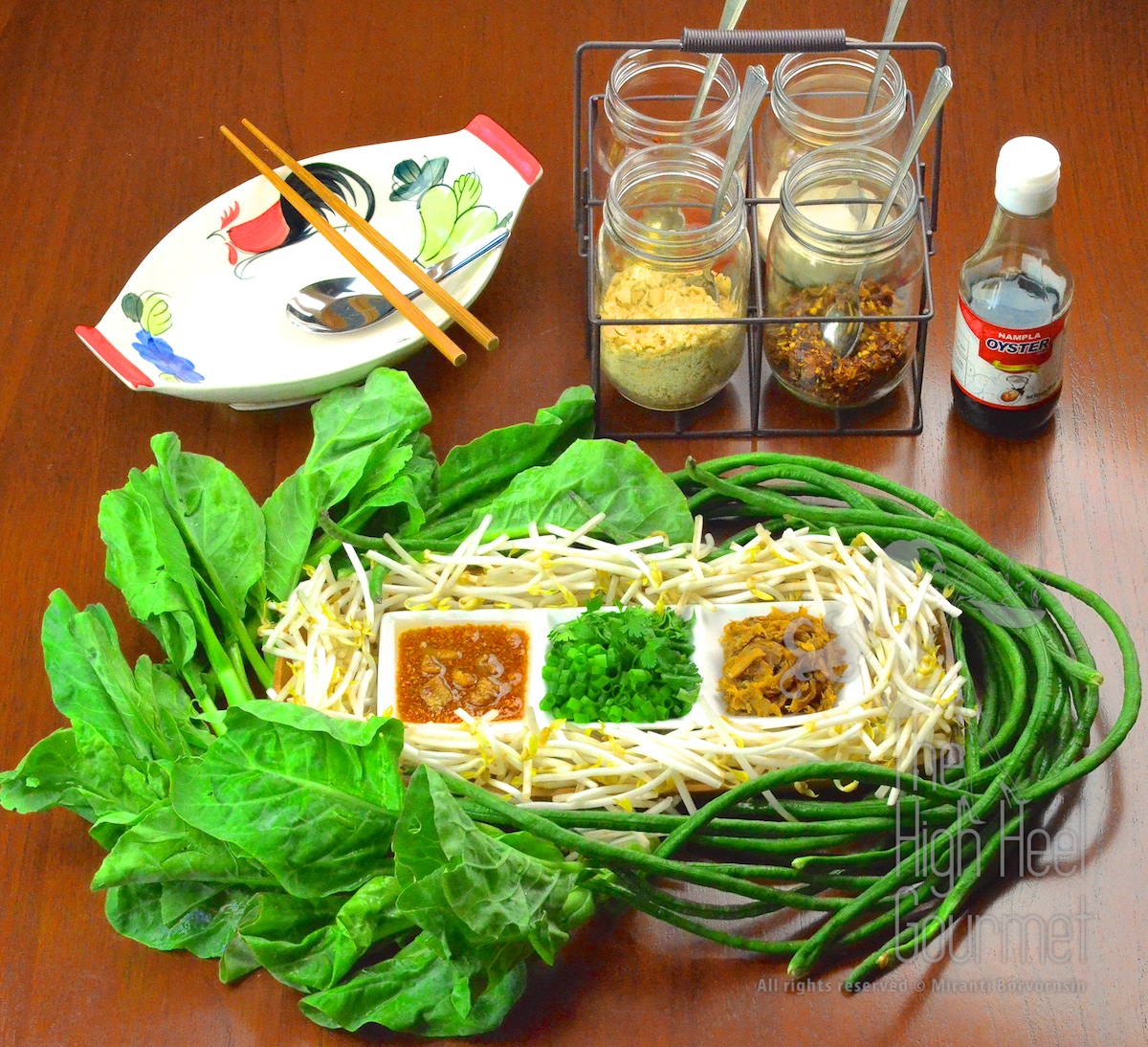
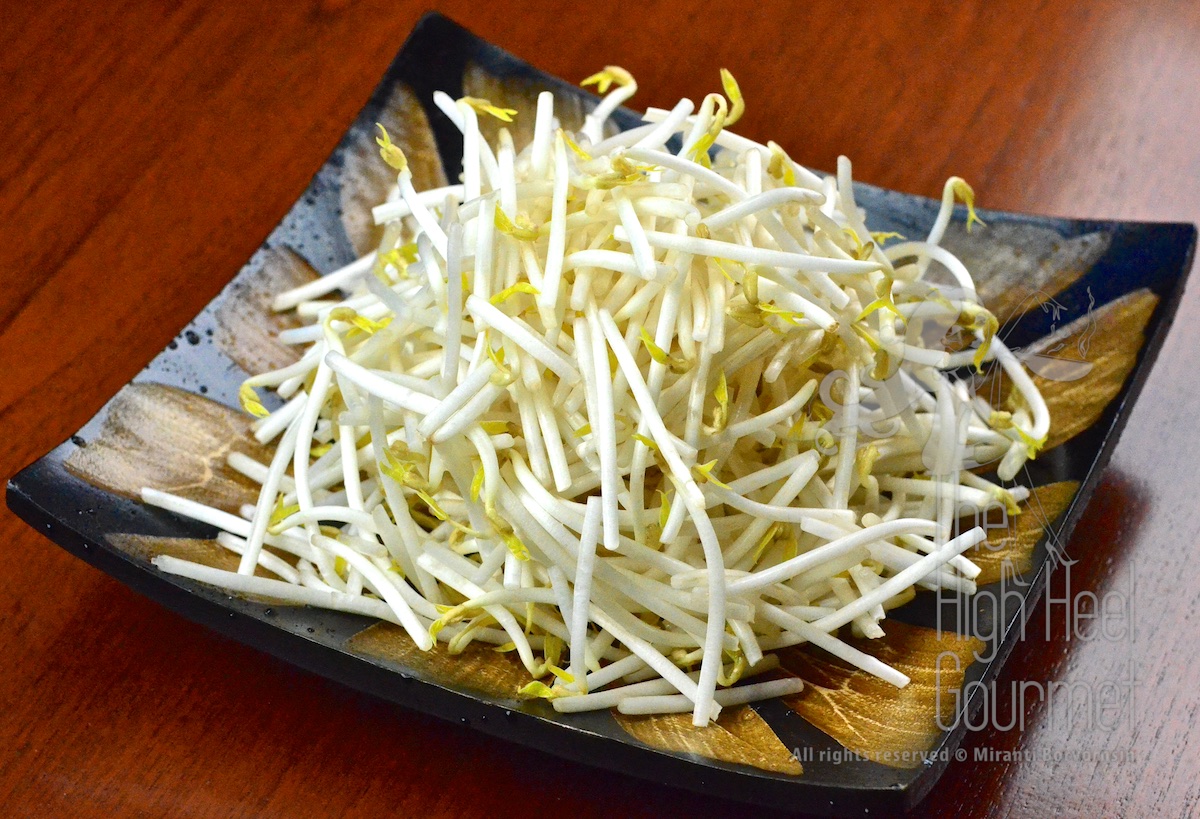
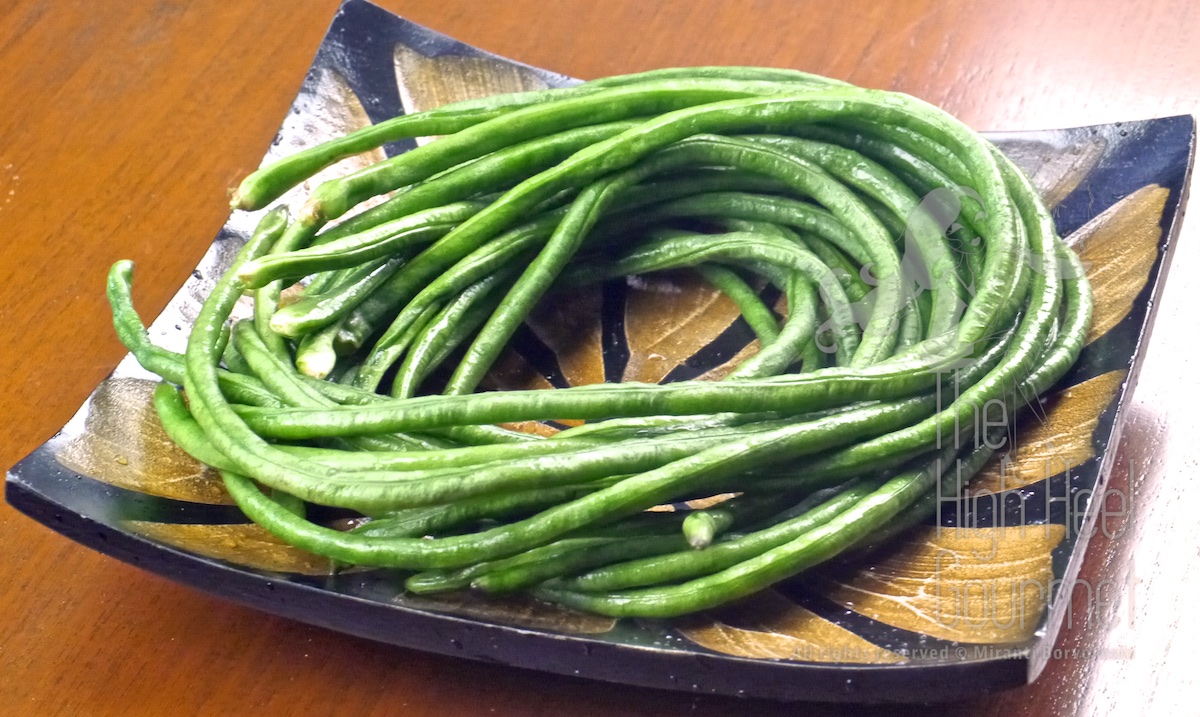
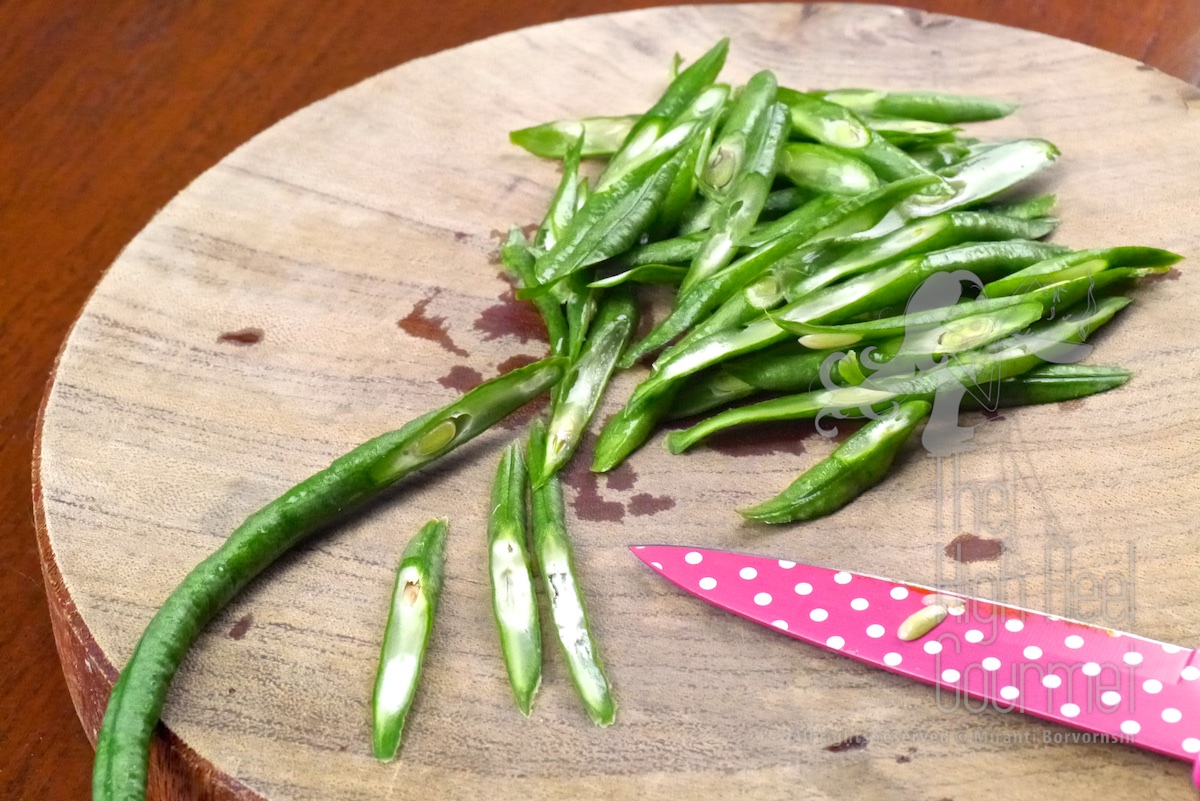
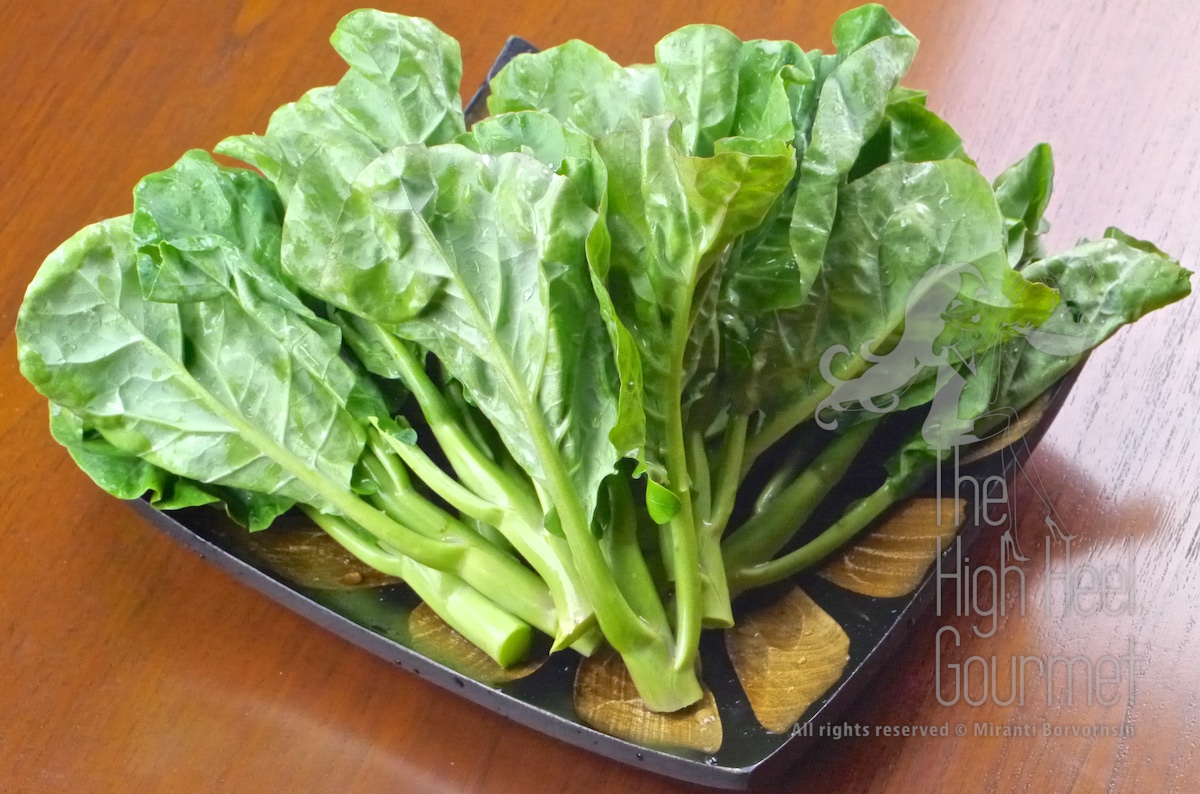
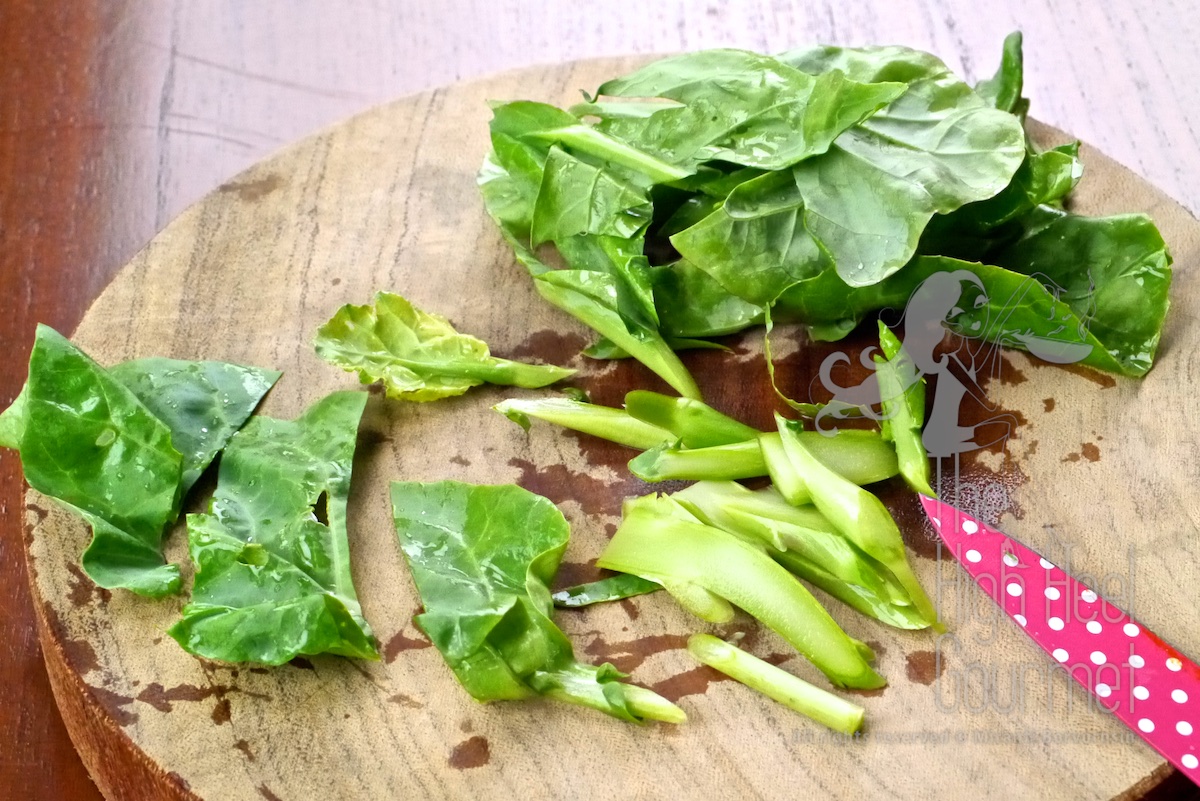
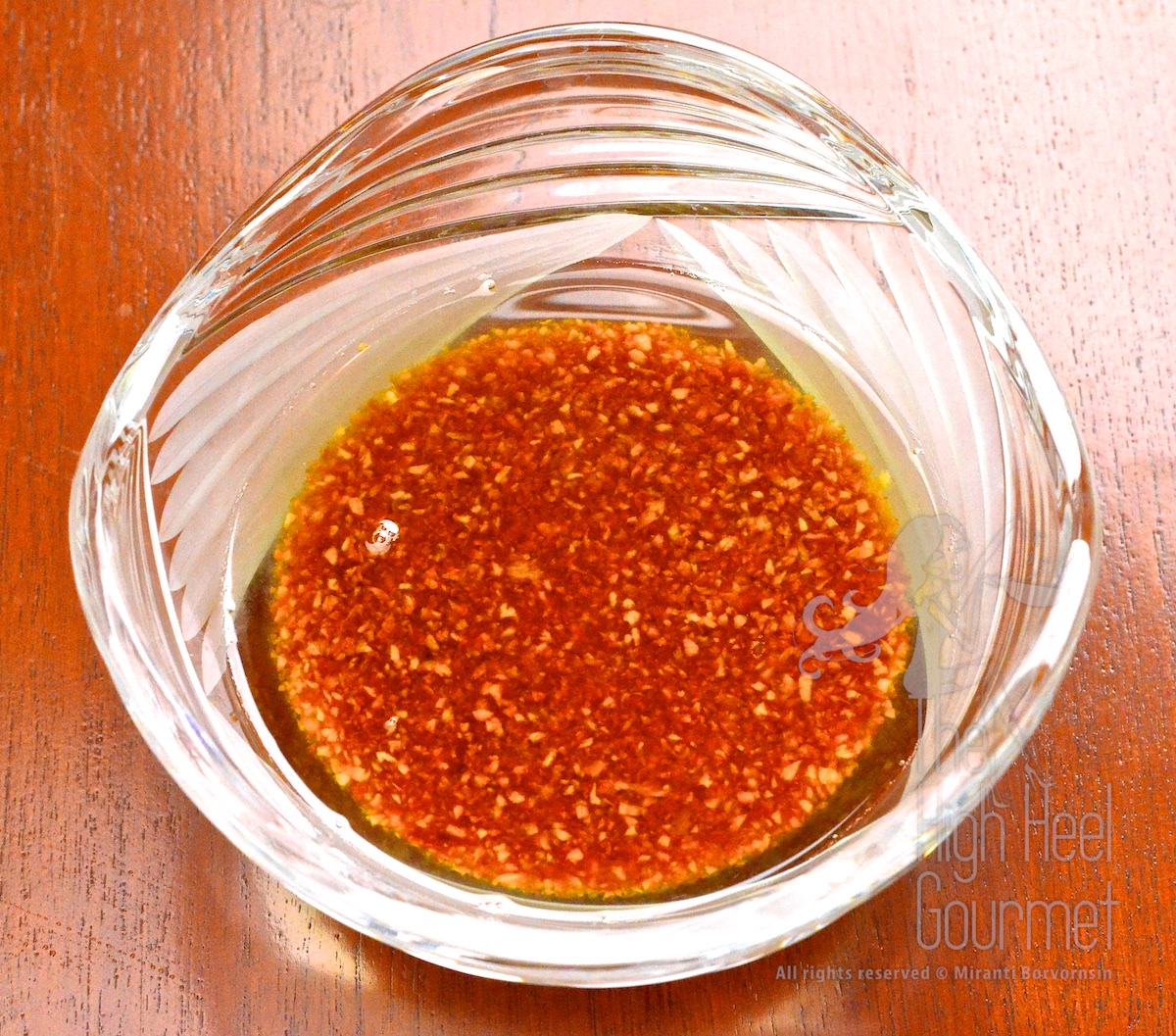
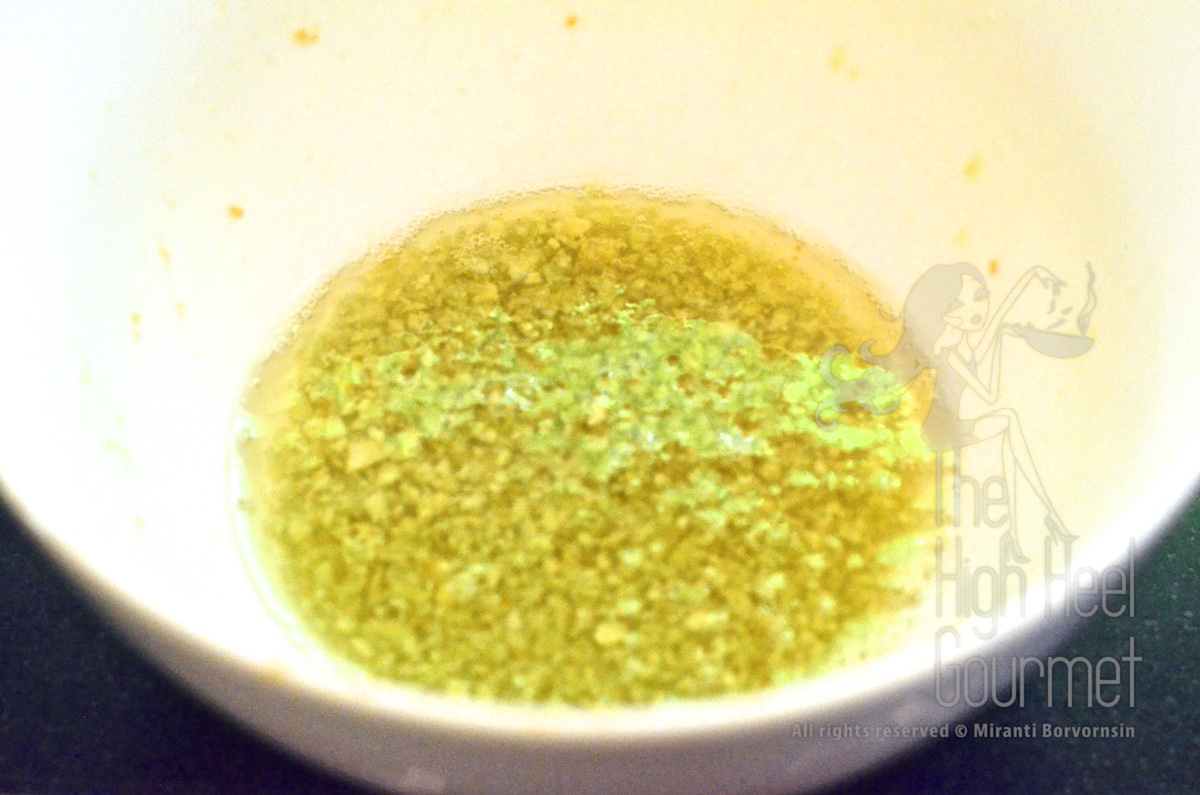
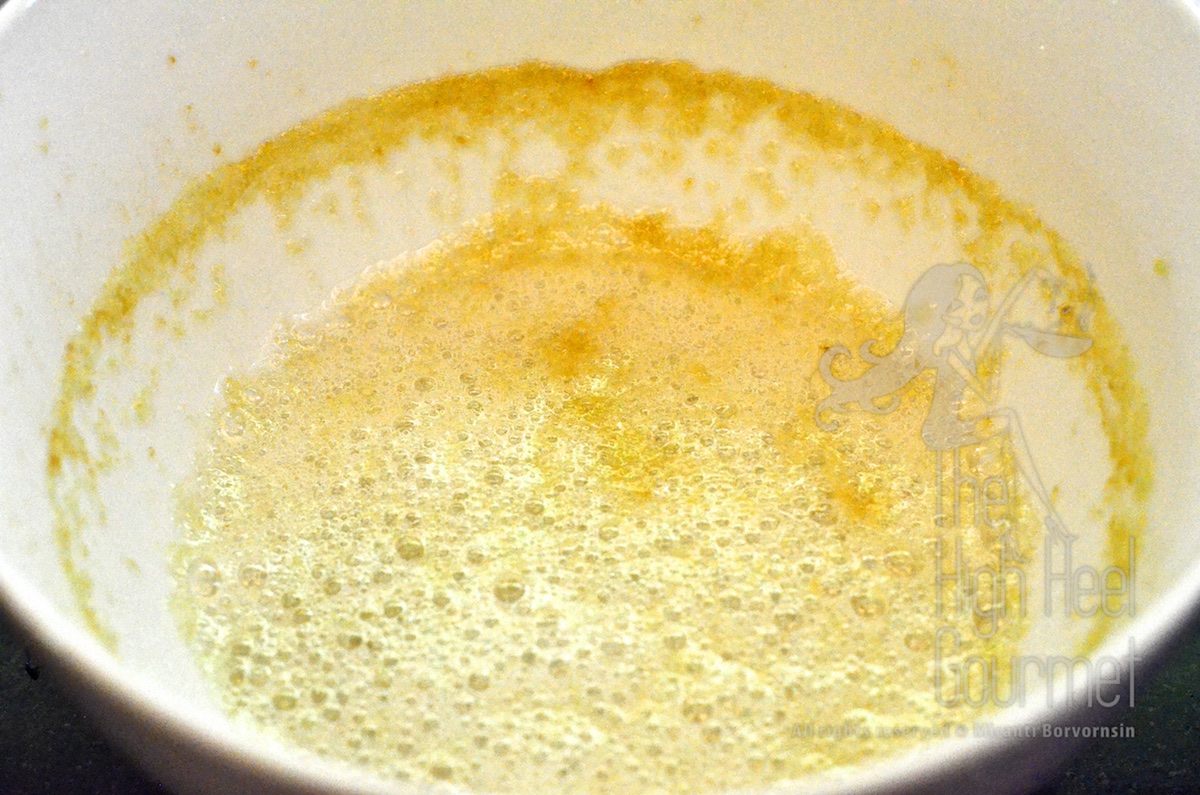
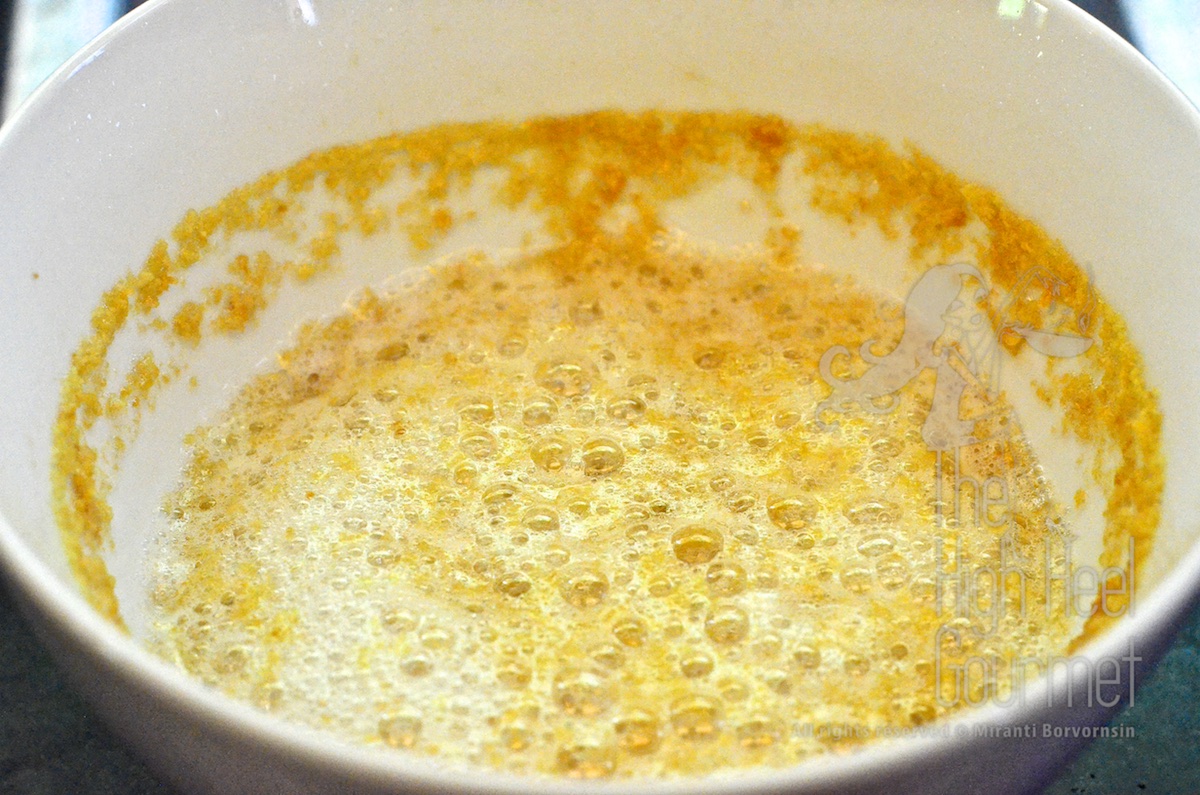
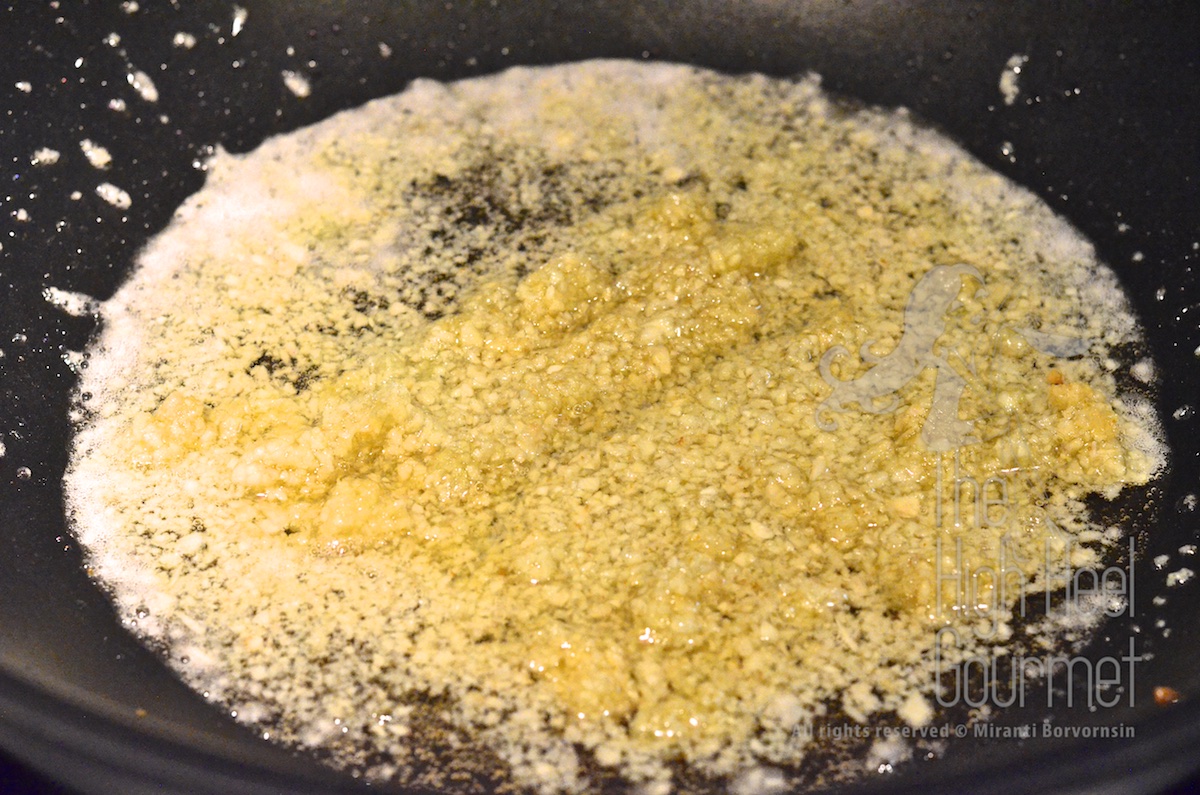
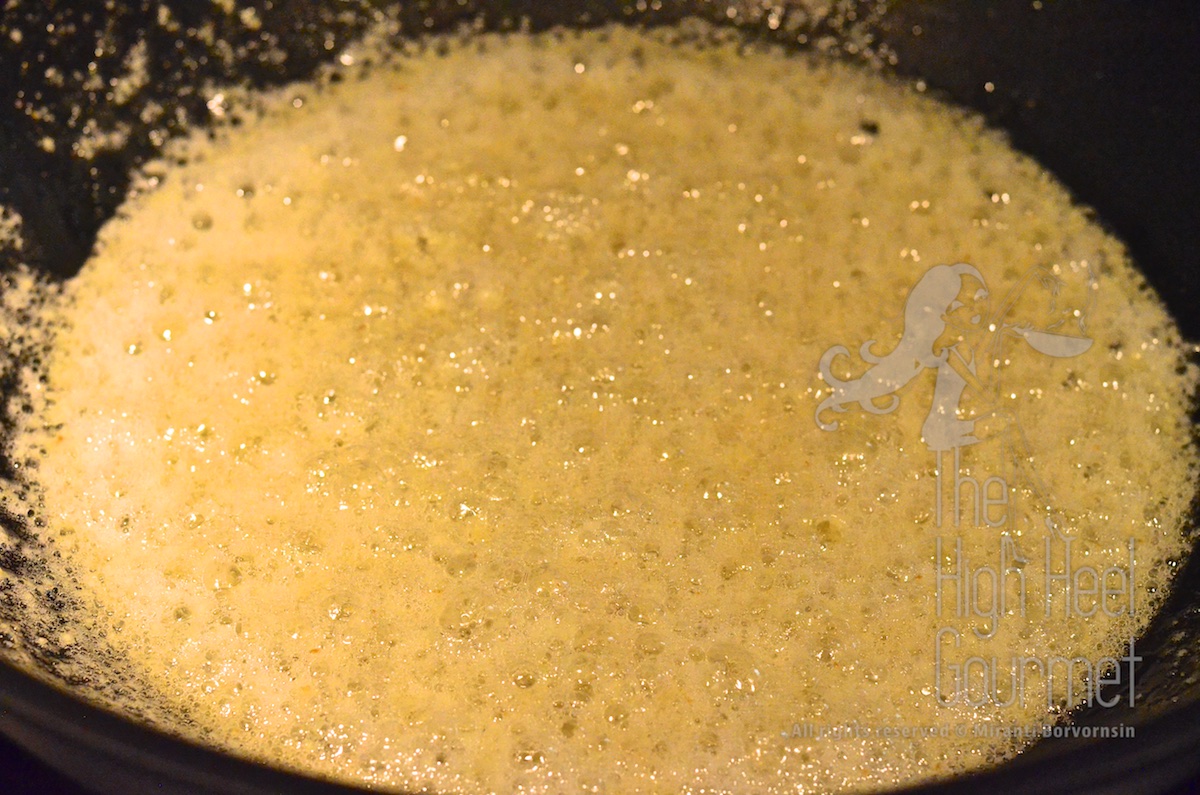
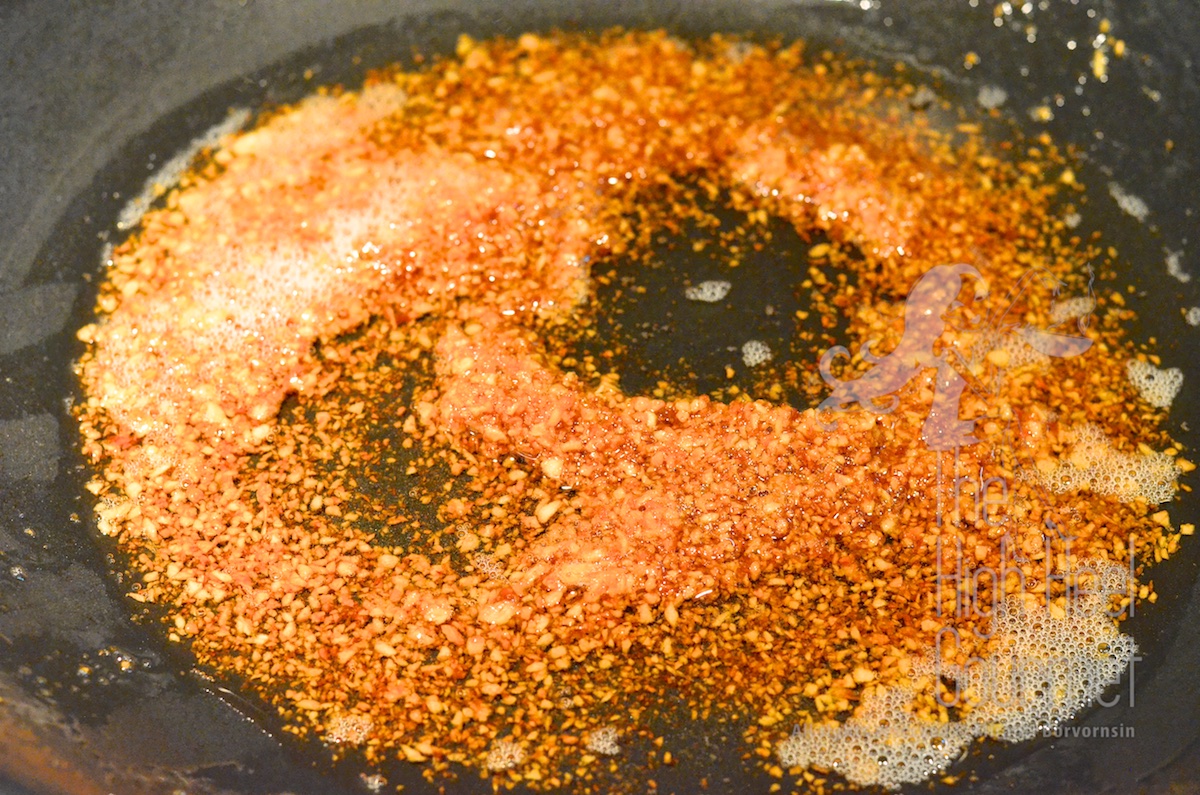
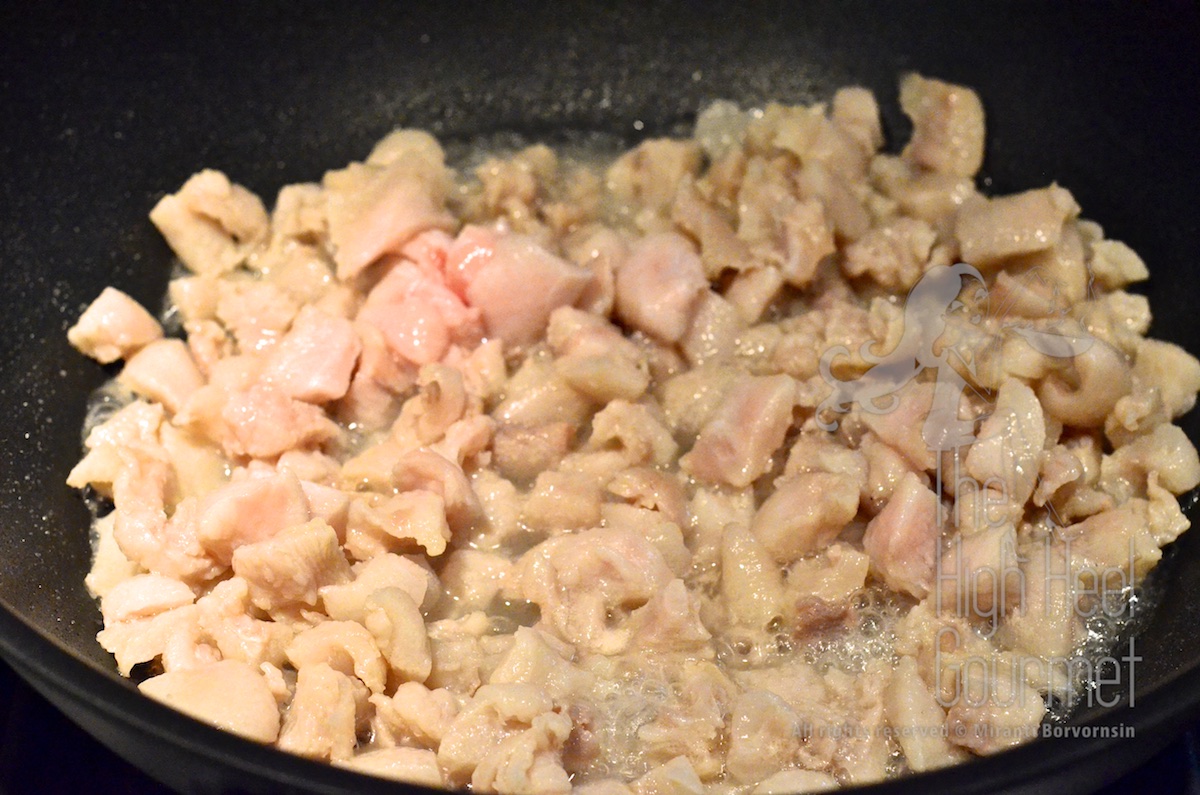
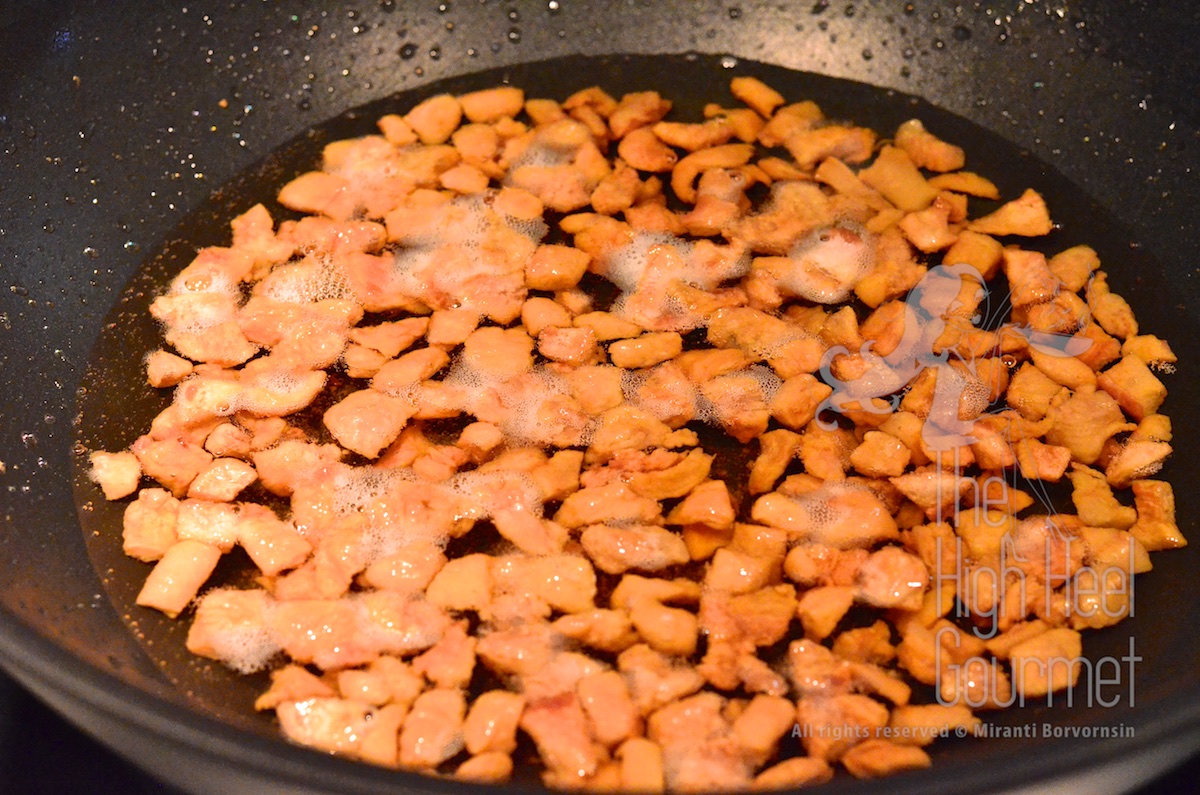
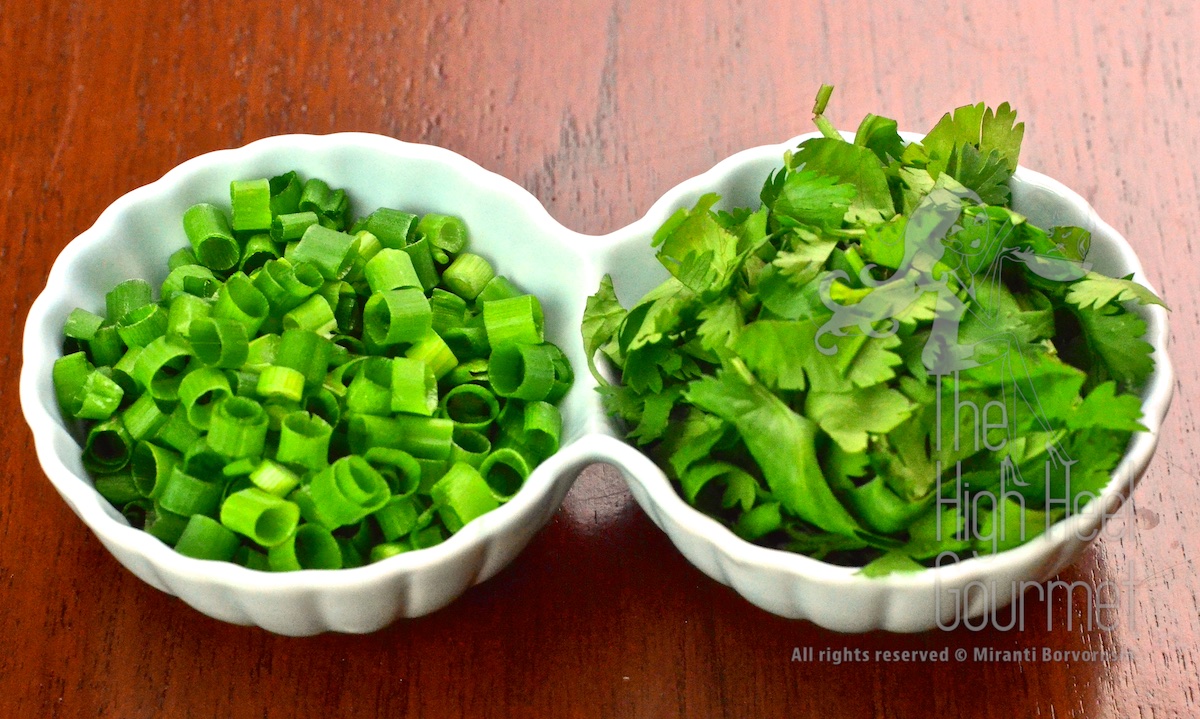
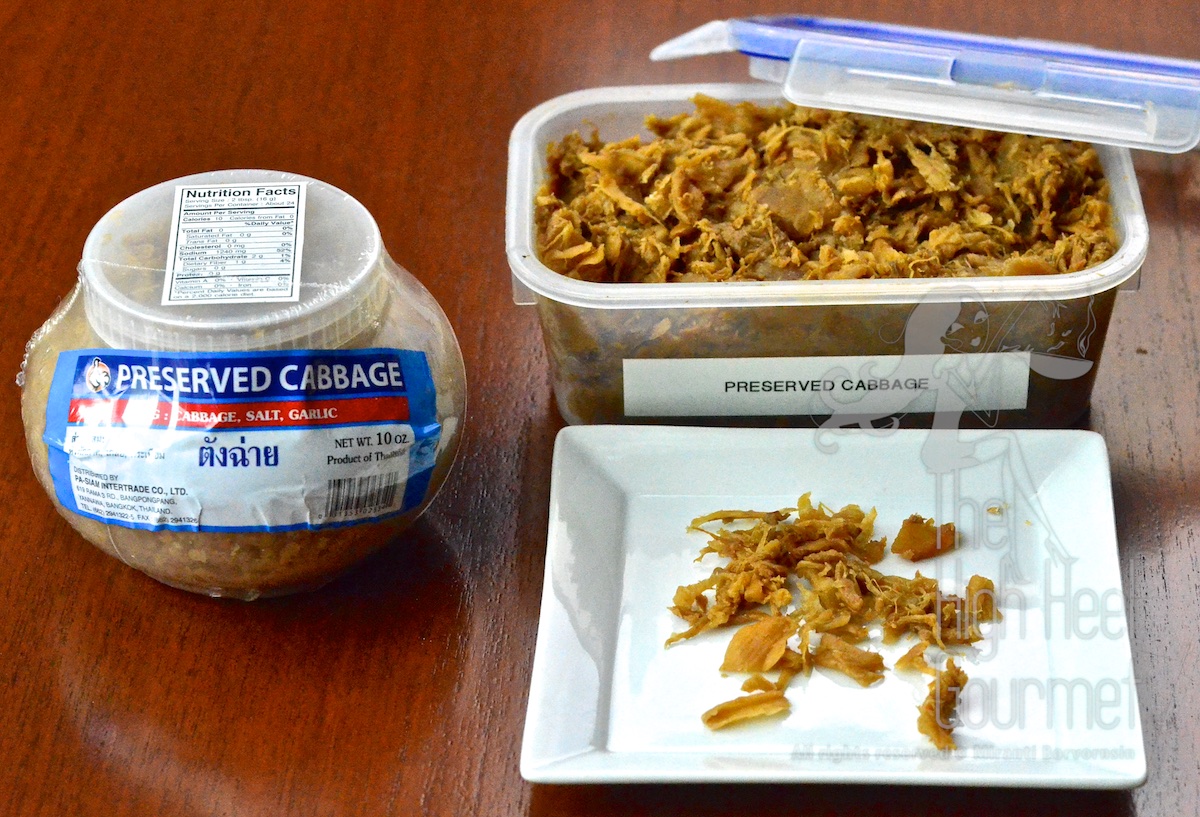
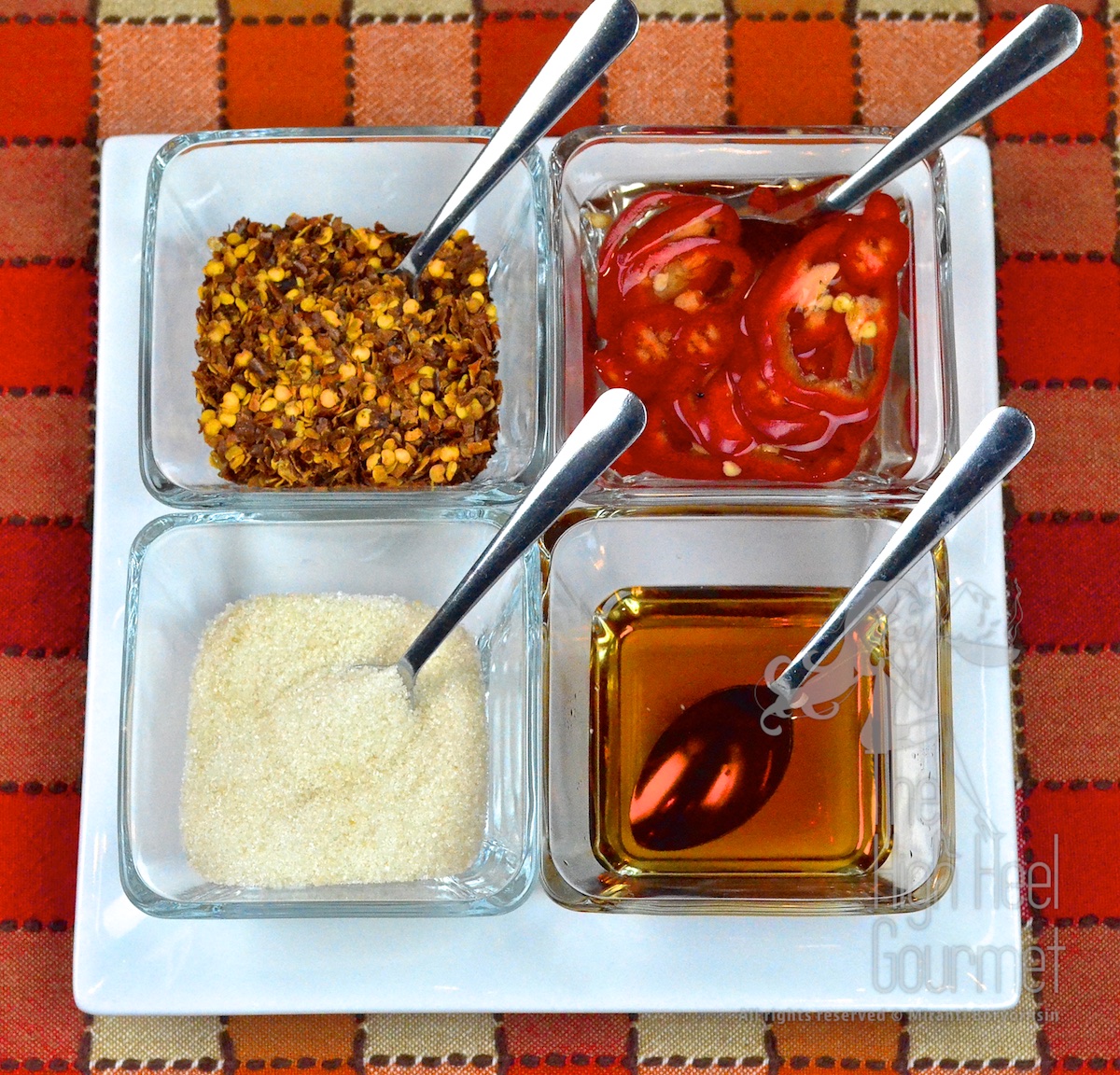
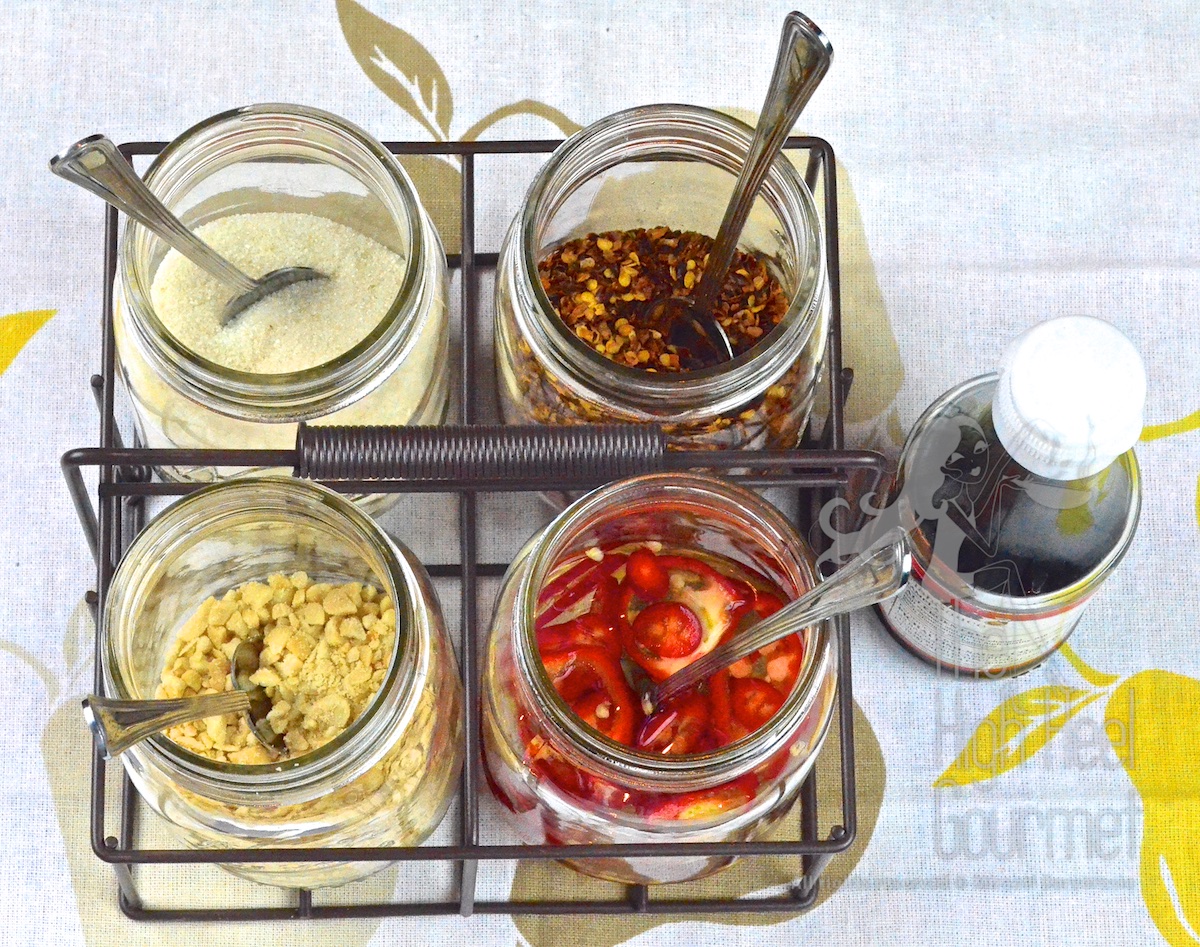
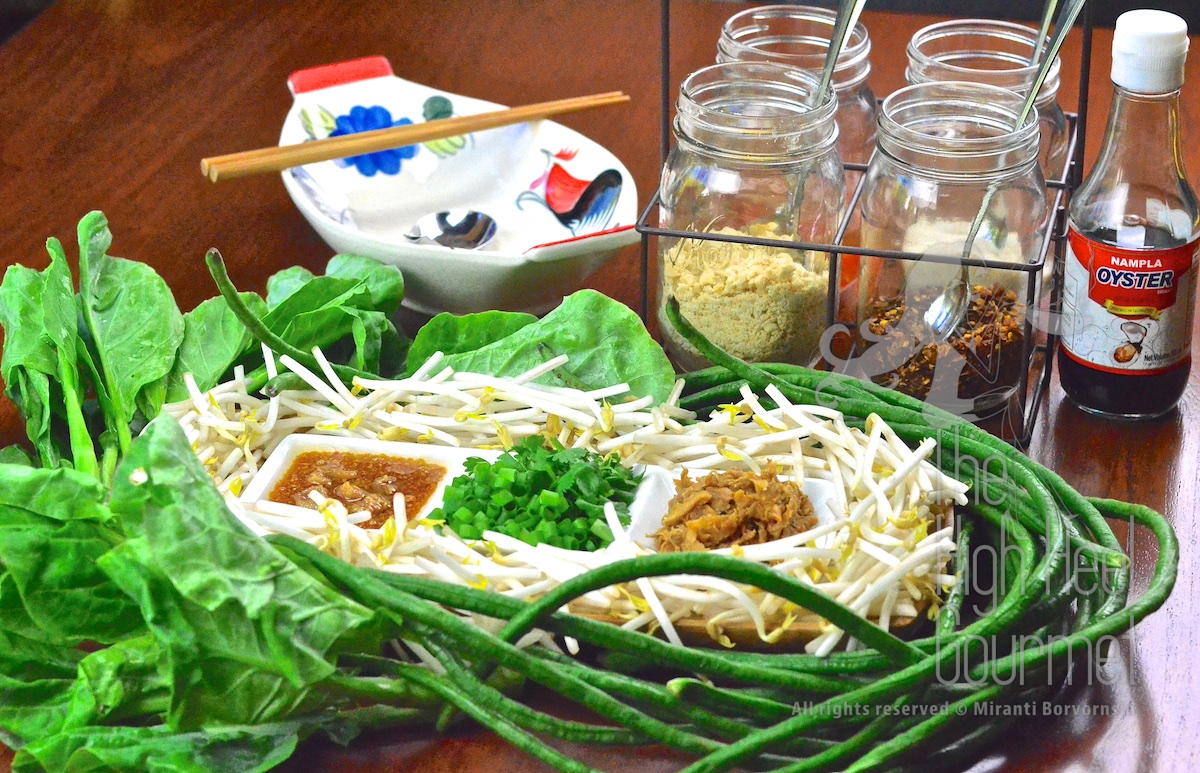
Looks delicious Miranti
This is such a great post! So detailed and informative – thank you for sharing all your great ideas and tips. I did not know that you could make fried garlic in oil in the microwave. It’s definitely a great time-saving method. Love crispy fried pork skin and lard too – so flavoursome. Coincidentally, I’ll be publishing a post about pork crackling on my blog this week. Glad I’ve discovered your blog Miranti. Have a great week! 🙂
Thanks Padaek.
I saw your post about the pork crackling. Great one!
I’m glad I discover yours too. I love laotian food but really have a hard time finding the recipes.
BTW: You can fry shallot in the microwave too if you don’t have time to dry them before frying in the wok. Microwave helps that a great deal. Like in the Khao Mok Gai, if you don’t have time to slice the shallot and let them dry ahead of the time, then do it in the microwave small batch (like 2-3 tablespoon of the fresh shallot) at a time.
Love the microwave idea!! I need to use it more – such a great/underestimated machine. Thanks Miranti! Have an awesome weekend. 😀
(…my home, not yours) That’s funny! I have never prepared garlic like that before. I was told to never overdo the garlic or it would get bitter. Now I know better.
Your photography again was splendid…down to showing your pink ceramic knife. The sharp details were nice as was your cooking instructions!
lol…I can’t expect a non-Asian to get use to the smell of fried garlic. It took my hubby awhile before he expecting to come home to a “stink” house that I call it my home, you know.
I am a fried garlic lover too(one of my previous landlords banned me from using it..lol..I must try it in the microwave.By the way rice cooked in the microwave is superb….99 times out of a hundred turns out perfect..I find rice cookers a bit hit or miss..cook one cup of rice to one and a half water ,a slight dash of oil helps keep the grains separated.cook for 11 mins,then leave for about 4 or five mins before taking the lid off
The South East Asian don’t like oil in the rice unless it cooked with some other seasoning. I personally only use rice to water 1:1 with most Jasmine or the most will be 1:1.25 if the rice is kept for a while.
Don’t think there is any vision as lovely as pork fat with garlic!
True true…it’s a way of life 🙂
GREAT post, I’m already hungry. My Thai House is so trained they always bring me extra sauces for each dish I order so I can have MORE! Very western I know but I could just drink some of their sauces only as a meal on the go. I don’t but I could. As always I love your recipies. THANX! dru
Well don’t feel ashamed to ask for “more sauce” in any Thai restaurants. They use to it. Most Thai would. You should be proud 😉
Thanks for the butter tip, too! I’m on the case!!! 😉
Share with me if you see anything more about that, please.
Now I feel hungry and am heading to the market to plan dinner with noodles. Spinach is one of my favorite things to add to noodles.